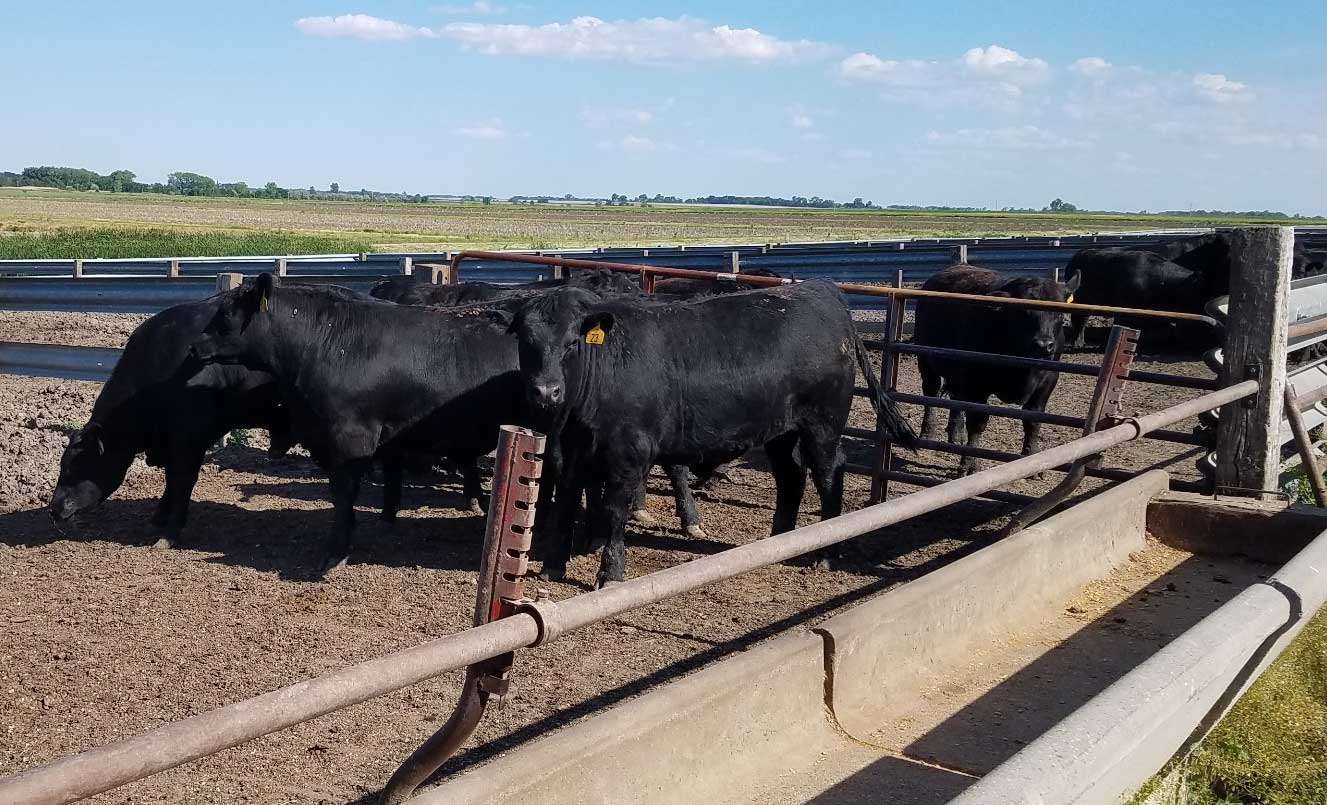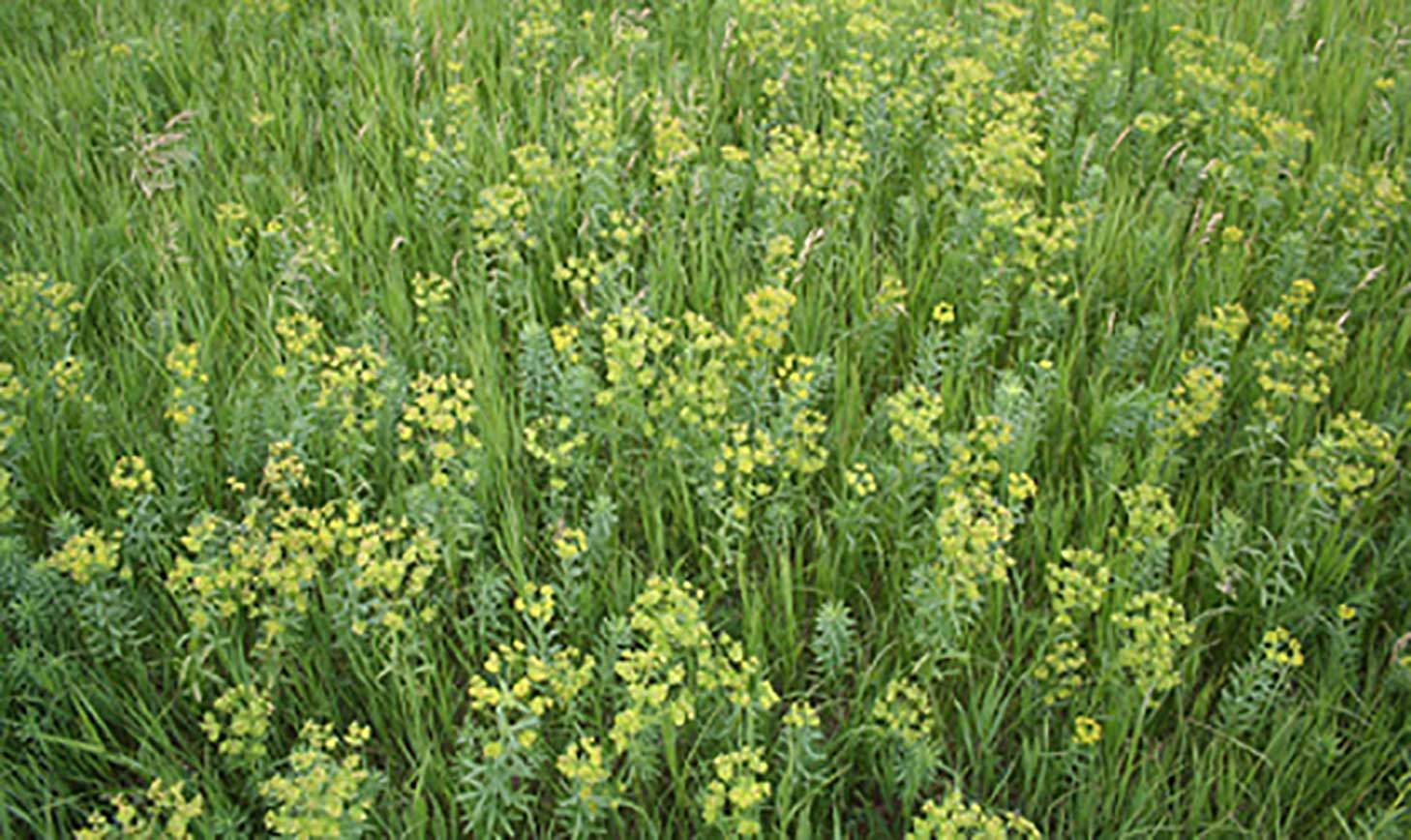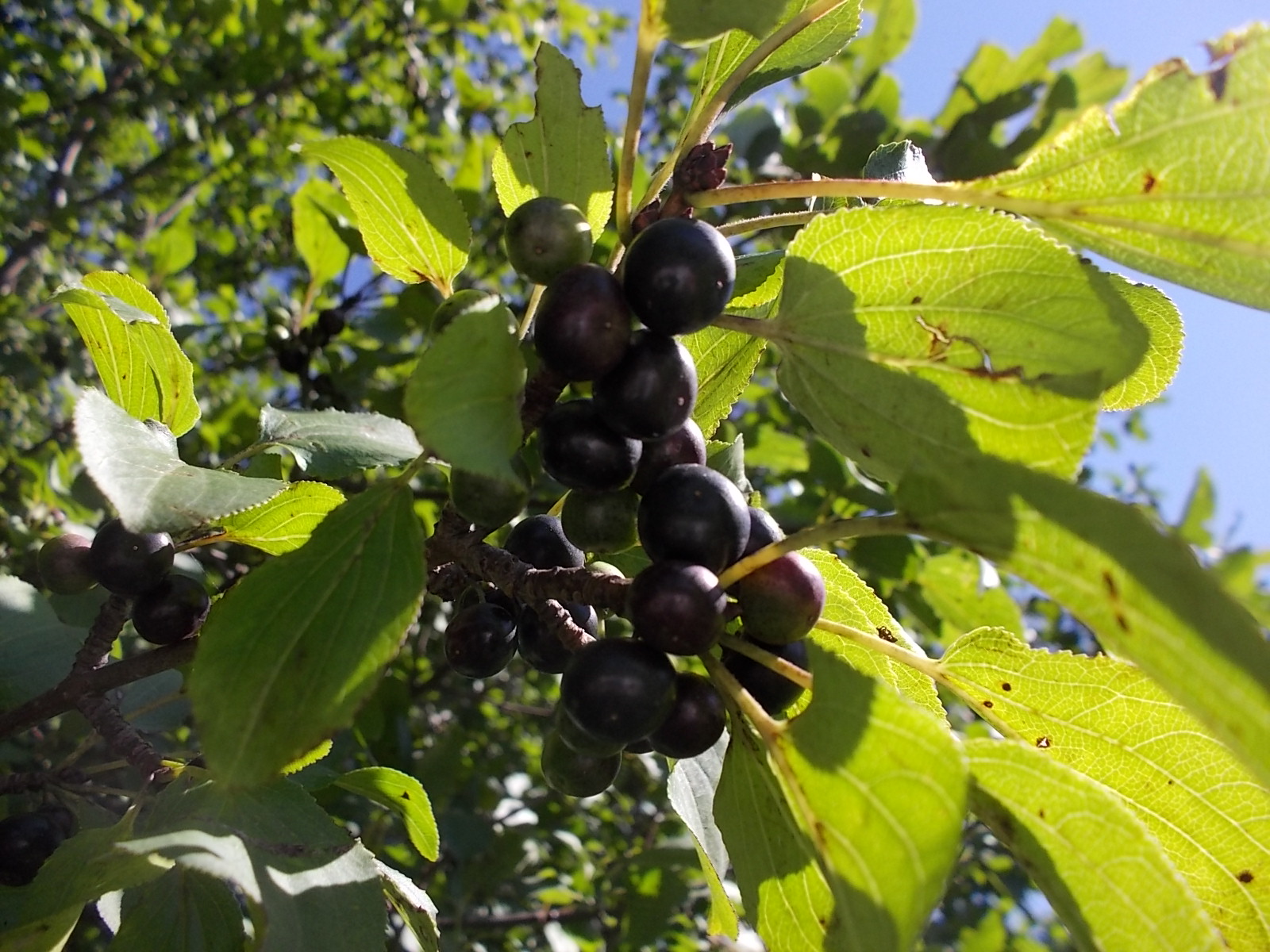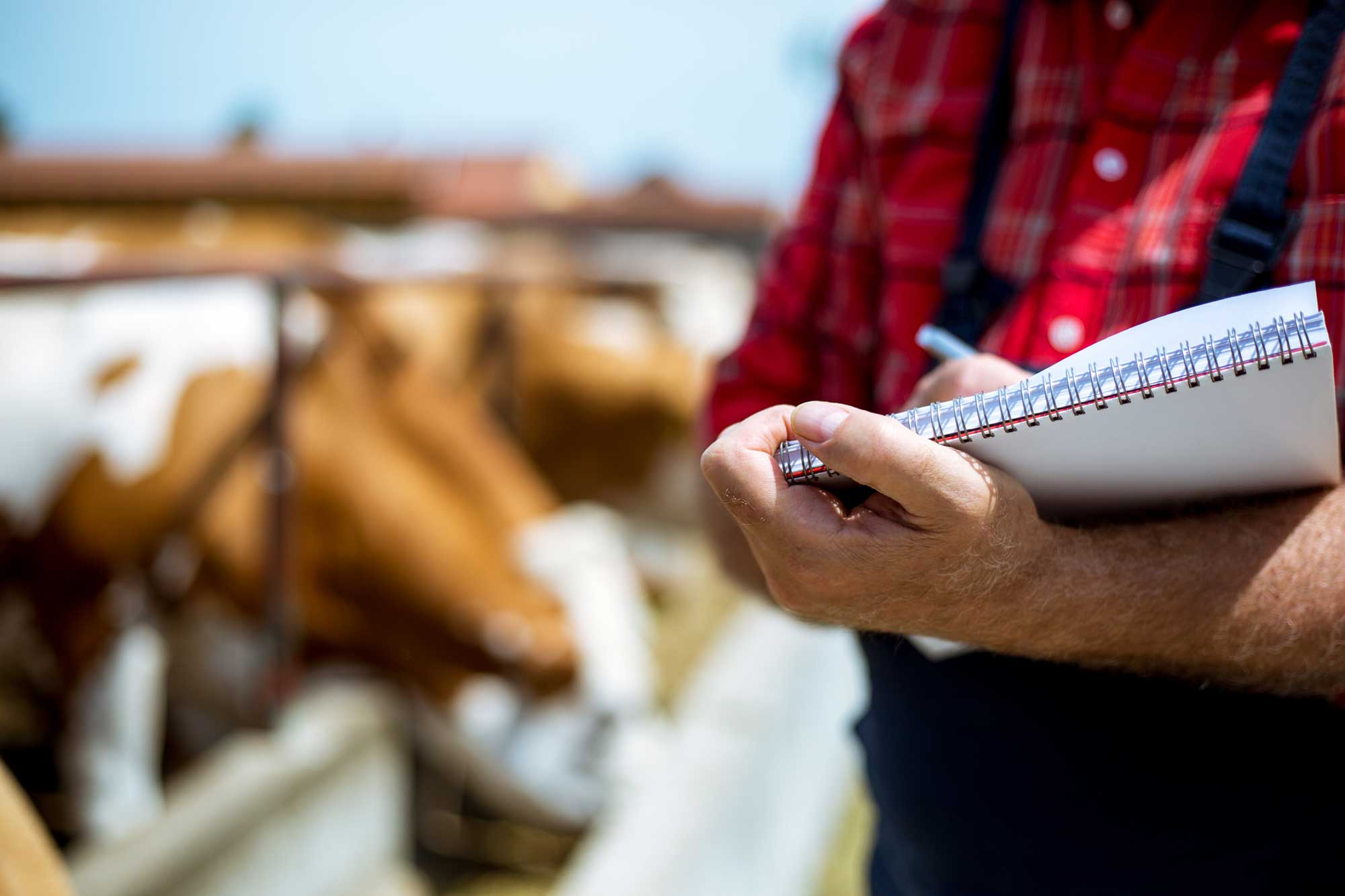Search

Bigger Cattle. Warmer Weather. What Can Go Wrong?
The disruptions in the beef processing sector caused by COVID-19 continue to interfere with the orderly marketing of finished cattle. While we all hope that the situation is resolved quickly, the reality is that because the shipment of so many harvest-ready cattle has been delayed, there will be increased numbers of heavier cattle on feed for the foreseeable future.

SDSU Extension Provides Leafy Spurge and Noxious Weed Management Recommendations
May 22, 2020
One of the many challenges producers face each year is weed control. Leafy spurge, in particular, can be difficult to manage.

Importance of Proper Forage Sampling
As dairymen and livestock caretakers, we are trying to optimize the performance of our livestock, whether it is producing milk or meat. Without knowing the quality of the feedstuff or forage we are feeding, it becomes difficult to balance a ration to ensure the animal is receiving the proper amounts of needed nutrients.

Why Those Dandelions in Your Yard Aren’t So Bad
While research has shown that pollinators, specifically honey bees, can’t survive on dandelion pollen alone, this doesn’t mean that the dandelions aren’t still important for pollinators.

Feed & Water Testing Laboratories
A partial listing of available feed testing laboratories.

Woody Weeds: Common Buckthorn
When considering weed control in tree plantings, the focus is generally placed on the control of herbaceous vegetation (grasses and forbs), particularly during the establishment phase. This focus is appropriate since control of herbaceous weeds is generally critical to establish a successful planting. As these plantings mature, providing perching sites for birds, another weed problem develops – the establishment of competing woody vegetation. These woody weeds are often left unchecked for many years because they look “natural” in a windbreak or other area of trees.

Use Caution When Fall Spraying Noxious Weeds in Pastures To Avoid Harming Desirable Plants
Noxious weed control is often a long-term process. In some cases, chemical application may be deemed necessary, but it should always be considered in the context of appropriate management and an integrated best management framework.

Removing Young Trees From Grasslands Will Save Money and Effort
Volunteer trees can hinder the development of desirable wildlife habitat and livestock resources. Early control of volunteer woody species is the simplest and most cost-effective option for maintaining open grassland habitats.

Removing Mature Shelterbelts From Grasslands
Under what circumstances would removal of mature shelterbelts be warranted? This is a common question often asked in wildlife and conservation circles.

Capitalizing on Cow Costs
Feeding cows is one area of consideration when analyzing the cost of keeping a cow through her production year. Through small management choices, we can decrease the cost of the cow while maximizing on opportunities.